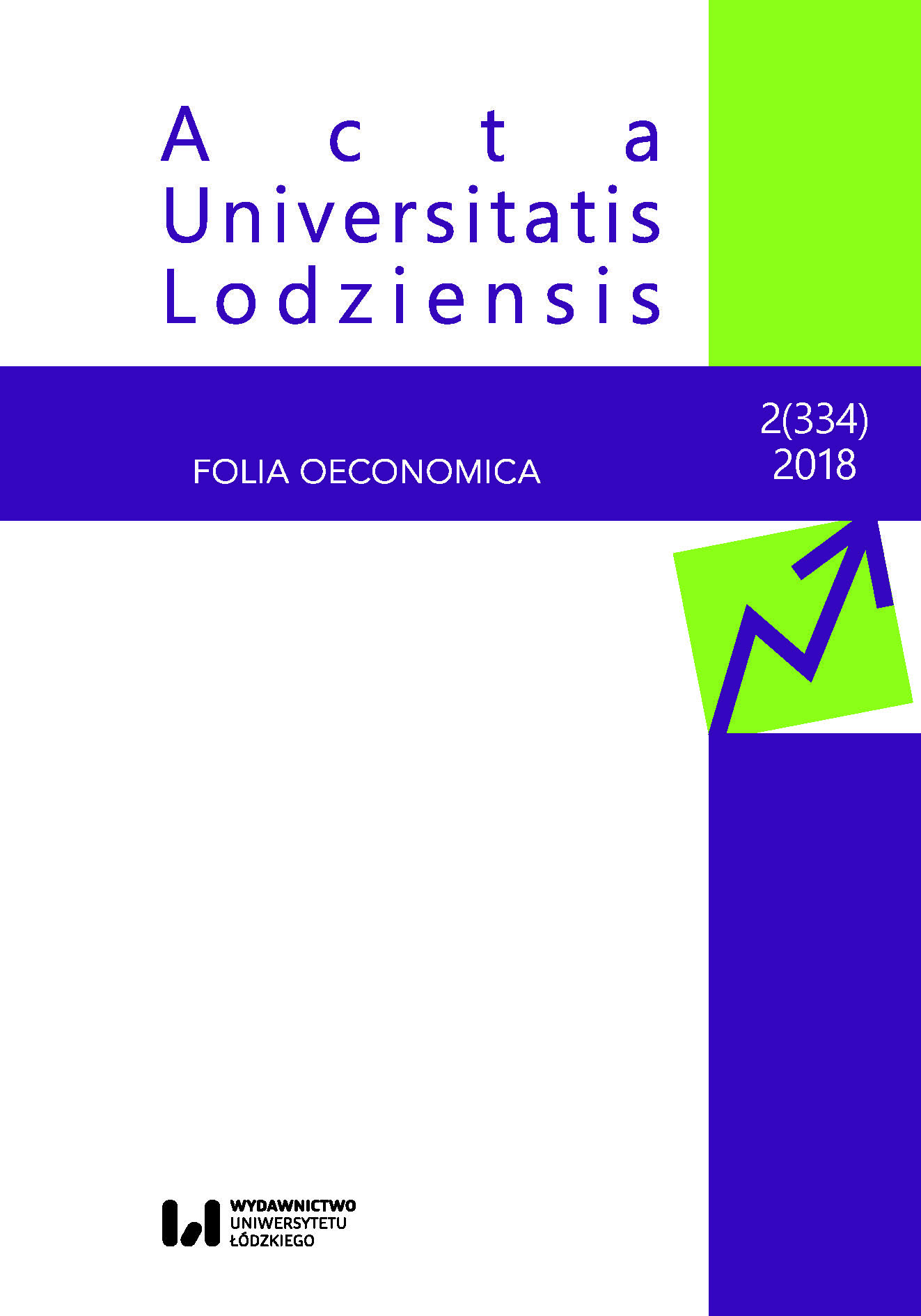Czy Porozumienie Tripartite Free Trade Area (TFTA) może stać się przełomowe w procesie integracji regionalnej na kontynencie afrykańskim?
Can the Tripartite Free Trade Area (TFTA) Agreement Become a Breakthrough Arrangement in Regional Integration on the African Continent?
Author(s): Paweł Folfas, Joanna Garlińska-BielawskaSubject(s): Business Economy / Management
Published by: Wydawnictwo Uniwersytetu Łódzkiego
Keywords: Regional trade agreements (RTAs); Tripartite Free Trade Area (TFTA); Continental Free Trade Area (CFTA); Regional Trade Introversion Index (RTII); regionalne porozumienia handlowe (RPH)
Summary/Abstract: Concluded in 2015, the Tripartite Free Trade Area (TFTA) agreement between three regional trade arrangements in Africa (COMESA, SADC, EAC) is the first step towards creating the Continental Free Trade Area (CAFTA), planned for 2017. This article attempts to assess the importance of the TFTA agreement for the process of regional integration in Africa. The article uses an analytical and descriptive method on the basis of domestic and foreign literature sources and statistics of the United Nations Conference on Trade and Development (UNCTAD). Empirical studies were also conducted with the use of the Regional Trade Introversion Index (RTII). The analysis performed leads to the conclusion that the broad scope of both subjects and countries covered by the Tripartite agreement indicates that it may be a step towards a new development strategy for regional integration in Africa. However, the authors’ own study results suggest that the position of the agreement in world trade will remain unchanged. // Zawarte w 2015 roku trójstronne porozumienie o wolnym handlu Tripartite Free Trade Area (TFTA) między trzema regionalnymi porozumieniami handlowymi w Afryce (COMESA, SADC, EAC) jest pierwszym krokiem w kierunku utworzenia kontynentalnej, afrykańskiej strefy wolnego handlu Continental Free Trade Area (CAFTA), planowanej na 2017 rok. Celem artykułu jest próba oceny znaczenia zawartego porozumienia TFTA dla procesu regionalnej integracji w Afryce. W artykule zastosowano metodę analityczno‑opisową z wykorzystaniem krajowych i zagranicznych źródeł literaturowych oraz danych statystycznych Konferencji Narodów Zjednoczonych ds. Handlu i Rozwoju (United Nations Conference on Trade and Development – UNCTAD). Przeprowadzone zostały również badania empiryczne z wykorzystaniem wskaźnika wewnętrznej orientacji handlu (RTII). Dokonana analiza prowadzi do wniosku, że zarówno szeroki zakres przedmiotowy, jak i podmiotowy porozumienia Tripartite wskazuje, że może być ono ważnym krokiem w kierunku nowej strategii rozwoju integracji regionalnej w Afryce. Natomiast wyniki badań własnych sugerują, że nie zmieni się pozycja porozumienia w handlu światowym.
Journal: Acta Universitatis Lodziensis. Folia Oeconomica
- Issue Year: 2/2018
- Issue No: 334
- Page Range: 135-146
- Page Count: 12
- Language: English

